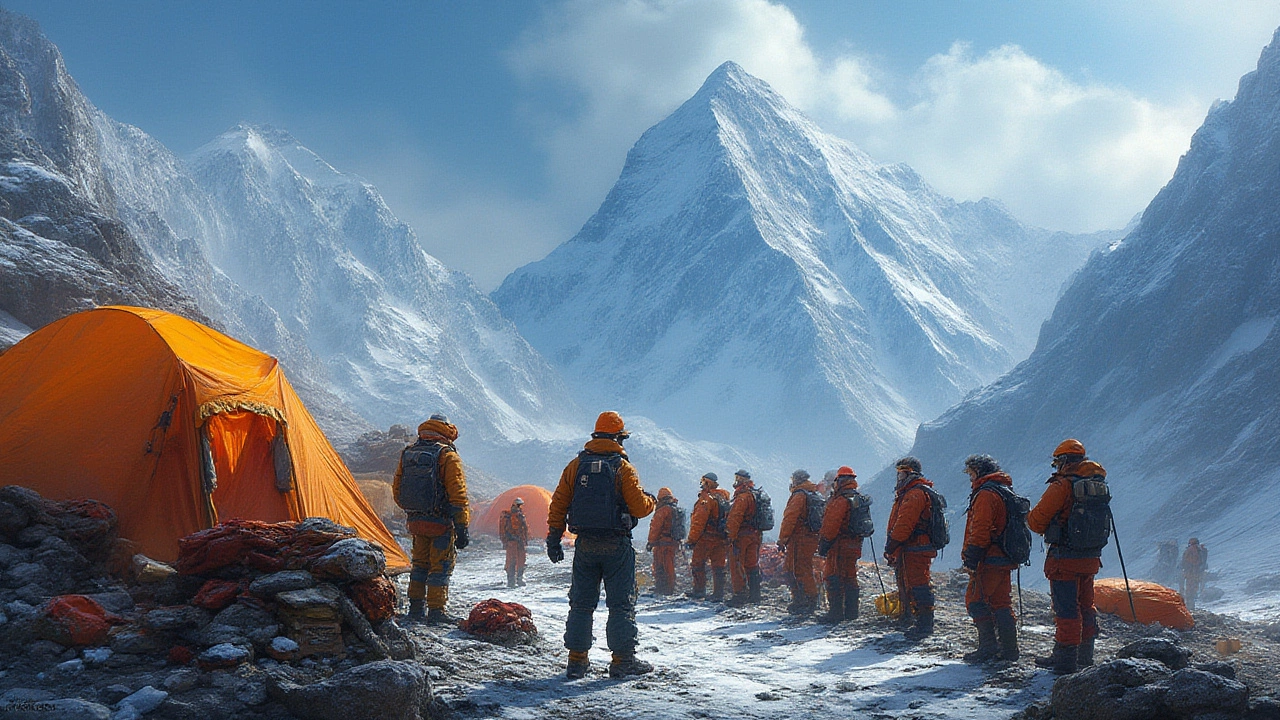SEARCH
Climb Cost Guide: What You’ll Actually Spend on a Hike in 2025
If you’re itching to hit the trail, the first question is almost always the price tag. Most people think it’s just the transport and food, but there are a lot of little things that add up. Below you’ll find a quick‑read rundown of the main expenses, plus a few tricks to keep your wallet happy.
Calculating Your Basic Expenses
Start with the three big categories: travel, stay, and food. For a weekend trek in the Himalayas, a train or cheap flight can be $50‑$150 depending on where you’re coming from. If you’re heading to a South Indian trail, a bus might be under $30.
Accommodation varies by comfort level. A basic guesthouse or hostel typically costs $10‑$25 per night, while a mid‑range hotel can be $40‑$70. Remember that some trekking routes have campsites where you only pay a small fee for a spot.
Food is easier than you think. Street stalls and local dhabas serve a meal for $2‑$5. For a three‑day trek, budget $30‑$50 total if you stick to local dishes. If you’re fancy and want restaurant meals, add another $20‑$30.
Hidden Costs & Money‑Saving Tips
Gear is the most common surprise. Even if you own a pair of boots, you might need a waterproof jacket, a sleeping bag, or trekking poles. The 3‑Layer Rule for Hiking article explains why a good shell matters, but you can rent a jacket for $10‑$15 per day instead of buying a $150 one.
Permits and park fees often aren’t listed in travel guides. Popular spots like the Himalayas or protected forests charge $5‑$20 per person. Check the official website before you go so you don’t get stopped at the gate.
Guides and porters are optional but can boost safety. A local guide might cost $25‑$40 per day, and a porter $15‑$20. Split the cost with fellow hikers to make it cheaper.
Lastly, keep an eye on hidden fees like extra luggage charges on flights or an ATM withdrawal fee in remote towns. A simple trick is to carry a small cash reserve and use a no‑foreign‑transaction‑fee card for bigger purchases.
Putting it all together, a typical three‑day trek in 2025 should run around $200‑$350 for a solo traveler who stays in budget lodging, eats local food, and rents gear. If you opt for a more comfortable stay and hire a guide, expect $400‑$600.
Use these numbers as a starting point, plug them into a travel cost calculator, and adjust for your own preferences. With a clear budget, you’ll enjoy the climb without worrying about unexpected bills.

Everest Climb Cost Breakdown: Why Mount Everest Expeditions Are So Expensive
Discover the detailed reasons climbing Mount Everest costs around $40,000, including permits, guides, logistics, and hidden expenses, with smart tips to plan your ascent.
Continue reading